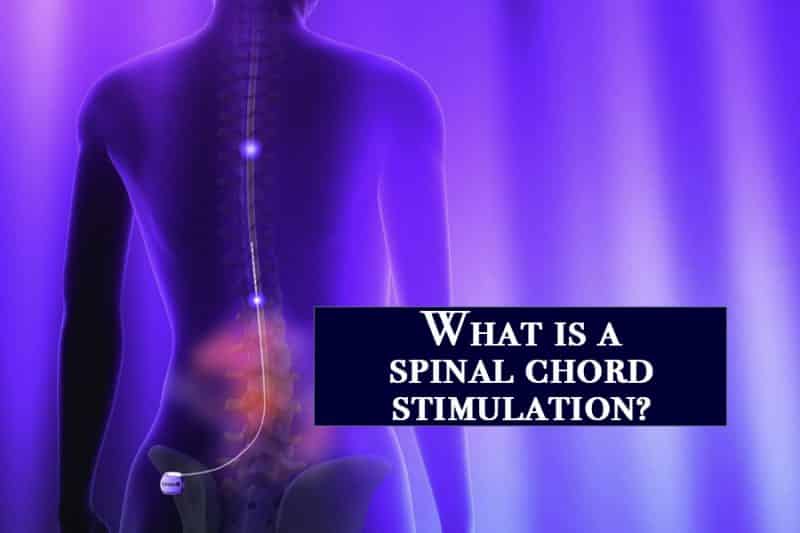


Spinal cord stimulation is recommended when other treatments have not been successful, when surgery is not likely to help, or when surgery has failed. In these systems, the antenna and transmitter are carried outside the body, while the receiver is implanted inside the body. Another system includes an antenna, transmitter, and a receiver that relies upon radio frequency to power the device.
#Spinal cord stimulator reviews generator
Most of the newer devices feature a rechargeable pulse generator system that can be easily charged through the skin. There are also some pulse generators that are fully implanted that do not require recharging, but last a shorter time before they need to get replaced. The units that are more commonly used are fully implanted and have a pulse generator, which is like a battery. Several kinds of spinal cord stimulation systems are available. Spinal cord stimulation is considered successful if pain is reduced pain by at least half, but not everyone reaches that goal. Some devices cause what’s described as a pleasant, tingling sensation while others do not. Research shows that newer devices may change the sensation of pain by potentially altering the balance of cells that deliver pain in the spinal cord. Peer Reviewed One of the most significant drawbacks of spinal cord stimulation is that the therapy does not produce the desired results for everyone. The patient may turn the current off and on or adjust the intensity of the signals. A small incision is then made to place the pulse generator in the upper buttock. What Happens During the Spinal Cord Stimulation?ĭuring spinal cord stimulation, a device that delivers the electrical signals is implanted in the body through a needle placed in the back near the spinal cord. The electrodes are inserted into the epidural space, which is the space in between the vertebrae and the spinal cord, and the generator is hidden beneath the skin, generally towards the abdomen or buttocks. Spinal cord stimulation is a procedure that delivers low-level electrical signals to the spinal cord or to specific nerves to block pain signals from reaching the brain. Spinal cord stimulators are composed of thin wires (electrodes) and a compact battery pack that looks like a pacemaker (the generator). It works by sending electrical impulses to the spinal cord, which blocks the pain signals from reaching the brain. When other pain treatments have failed, spinal cord stimulation may be an option. A Boston Scientific Spinal Cord Stimulator is a device that is surgically implanted into the body to help relieve chronic pain.


 0 kommentar(er)
0 kommentar(er)
